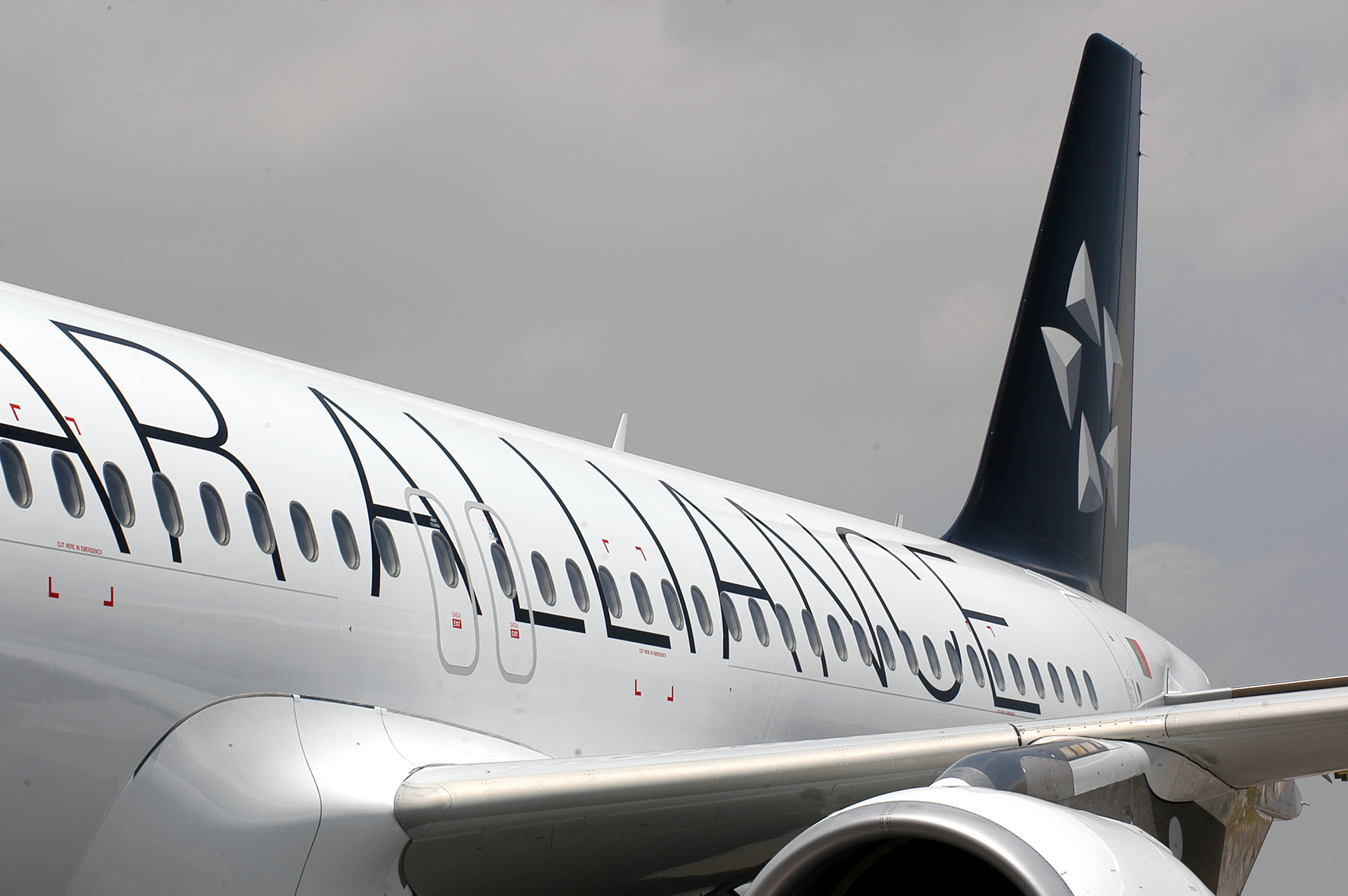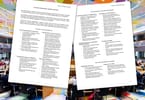Emirates will push ahead with plans to expand to Australia, despite the global economic uncertainty.
East Asia and Australasia commercial operations senior vice-president Richard Vaughan said demand was softening in some markets but the outlook for Australia was positive and the airline’s plans here were on track.
This included the addition in February of a non-stop Brisbane-Dubai Airbus A340-500 service, a non-stop A340-500 Melbourne-Dubai flight, and the start of an A380 superjumbo Dubai-Sydney-Auckland service.
“As far as Australia is concerned, there are no changes for us,” Mr Vaughan said.
“We’ll be up to 63 flights a week in February and, of course, 28 trans-Tasman.”
Mr Vaughan said the airline still had permission to operate more than 63 services to Australia and agreed the market could benefit from the airline’s strategy of concentrating on existing routes during the economic crisis.
Long-term plans would depend on aircraft deliveries and markets, but Emirates expected to start A380 services to Melbourne late next year, he said.
“The A380 will replace one of the 340-500s in Melbourne, then at the end of next year you’ll see a third Sydney service as well,” he said.
The Emirates executive also revealed that flights from Australia would be able to use new terminal facilities in Dubai from the end of the month.
This would reduce the need to bus passengers from remote stands and would remove the strain on cramped airport facilities and staff in the airport’s existing terminal.
“If you look at it from the premium passenger perspective, there’s massive change in both first and business-class lounges, with a hell of a lot more space than we had before,” he said.
On trans-Pacific competition, Mr Vaughan said it made sense to open up the route to competition, but said Emirates had no immediate plan to exercise rights to fly between Los Angeles and Auckland and link up with trans-Tasman flights from Australia.
“It takes a lot of equipment to do it and there are challenges getting the timing right, and if you’re looking at Sydney there are curfew issues as well,” he said.
Globally, Emirates’ divisional worldwide commercial operations senior vice-president Keith Longstaff said the airline expected its first-half profit results, to be released this month, to be affected by high fuel prices.
“The numbers will not be similar to those we’ve seen in past years,” Mr Longstaff said.
“However, since the first six months have passed and we are looking at still volatile but much lower fuel prices, we can be somewhat optimistic for the second six months of this financial year (ending March 31).
“We’re looking forward to some very good results for the last six months of this year.”
Mr Longstaff said the airline’s revenues and yields were still strong, but passenger numbers had fallen by “a couple of per cent”.
This was probably a result of the general economic climate.
“It could be that people who have discretionary travel needs may not travel,” he said.
“It may be that business travellers who normally travel first-class will now travel in business and those in business in economy. It could be a combination of several things.”
It was difficult to predict what would happen next until there was some economic stability in the market, Mr Longstaff said.
“The oil prices are not stable, currency is not stable and the business climate is also not stable,” he said.
“No one really can say what’s going to happen next.”
He said Emirates had become a lot smarter in managing uncertain demand.
The yield management and revenue optimisation processes were completely different when demand exceeded the number of seats available than when the reverse was true, he said.
“We’ve been finessing our fares,” he said. “We’ve made some fairly deep discounts on some of our premium fares in response to the lower oil prices, which has been quite successful.
“We’ve been carefully monitoring each route and making slight changes where we thought it was necessary.
“We’re better at finessing the whole product offering to meet the needs of the people who are still travelling.”
Mr Longstaff also confirmed that Emirates would not be expanding as fast to new destinations until stability returned to the market.
Instead, it would concentrate on developing successful existing routes, such as Moscow.
“We want to continue our expansion plans and we want to continue receiving new aircraft every month, but we are more cautious about the future,” he said.
WHAT TO TAKE AWAY FROM THIS ARTICLE:
- On trans-Pacific competition, Mr Vaughan said it made sense to open up the route to competition, but said Emirates had no immediate plan to exercise rights to fly between Los Angeles and Auckland and link up with trans-Tasman flights from Australia.
- “If you look at it from the premium passenger perspective, there’s massive change in both first and business-class lounges, with a hell of a lot more space than we had before,”.
- Mr Vaughan said the airline still had permission to operate more than 63 services to Australia and agreed the market could benefit from the airline’s strategy of concentrating on existing routes during the economic crisis.






















